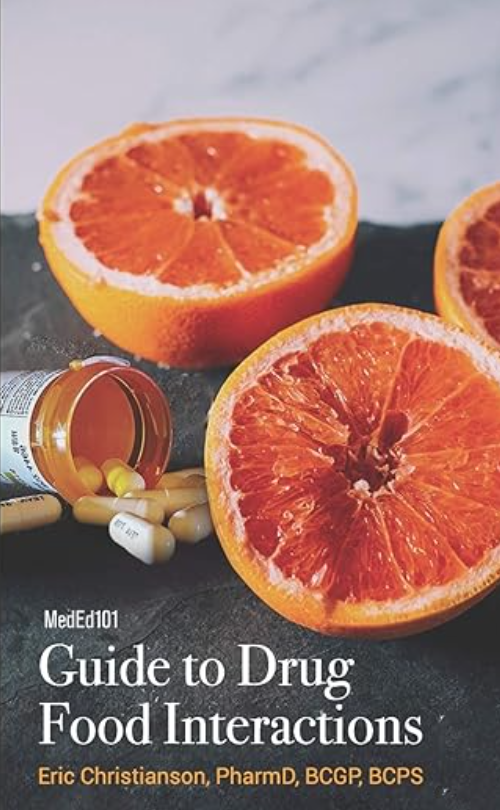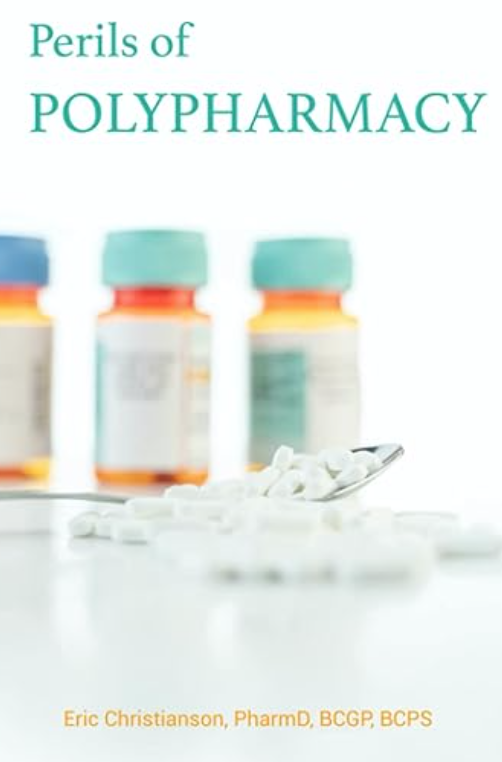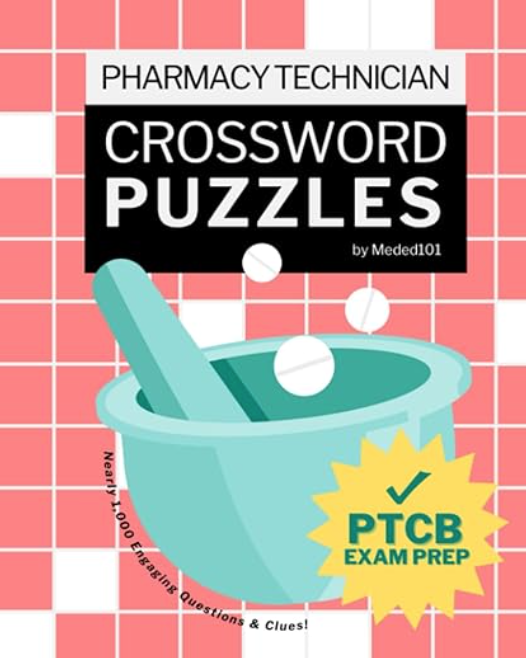Methenamine is a medication used for urinary tract infection (UTI) prophylaxis, however, it is not considered a traditional antibiotic. It works by acidifying the urine and essentially making it sterile by killing off existing bacteria in the urinary tract and preventing bacteriuria. More specifically, mеthеnаmiոe forms formaldehyde and ammonia in acidic urine. Formaldehyde is primarily responsible for killing the bacteria. It does, however, have specific parameters that need to be met for the medication to work properly. In this article, we’ll discuss the top 5 methenamine clinical pearls.
Acidification of the Urine
Acidic urine is required for efficacy. A target pH <5.5 is necessary and sometimes difficult to achieve. Ascorbic acid is occasionally used in combination with methenamine to further acidify the urine and ensure the proper pH is reached for the efficacy of the product. Multiple studies have found efficacy of methenamine with or without the use of ascorbic acid, so it is unlikely to play a large role in furthering the efficacy of the medication. That being said, ascorbic acid is typically well-tolerated without many side effects so it is reasonable to consider if the proper pH of the urine is not being achieved. This is the most unique of my top 5 methenamine clinical pearls and one that could show up on a board exam!
Use in Renal and Liver Impairment
Methenamine should not be used in patients with renal insufficiency (product label states GFR < 10, has not been studied in CrCl < 30), or severe liver disease. It also is contraindicated in patients with severe dehydration. All three of these factors can cause buildup of the metabolites of methenamine within the body: formaldehyde and ammonia. While methenamine has been shown to be safe and effective in the geriatric population, these contraindications may limit its use in this population.
Methenamine Hippurate vs Mandelate
Dosing and frequency depend on which salt version of the product is being used. Hippurate (most common in practice) is used as 1 gram twice daily, while mandelate is used as 1 gram four times daily given after each meal and at bedtime. Both hippurate and mandelate are used as acidifying agents to aid in greater efficacy of the methenamine conversion to formaldehyde and ammonia in the urine.
Methenamine Interactions and Gout
Agents that could alkalize the urine should be minimized while taking this medication as it will decrease its efficacy. This includes antacids and alkaline foods such as leafy greens, vegetables, nuts, and avocado. A urine pH of >5.5 will result in a lack of efficacy. Sulfonamides (Bactrim) should not be used concurrently with methenamine as it can cause crystals to form in the urine. Additionally, concurrent use of amphetamines should be avoided, as the change in pH may result in decreased efficacy of the amphetamine.
It is also recommended to avoid methenamine in patients with a history of gout. Urate crystal formation in the urine is the risk associated with the use of this medication.
Resistance
While methenamine is not an antibiotic, resistance has still been observed with this agent. It generally has activity against Staphylococcus spp, E. coli, most enterobacterales, and Enterococcus spp. Proteus spp and Pseudomonas aeruginosa have been shown to be able to hydrolyze urea which results in an alkaline urinary environment. This renders methenamine ineffective, as it needs that acidic urine to hydrolyze into its “killing” form. Klebsiella aerogenes has demonstrated resistance, however, the mechanism for this resistance is unknown.
Methenamine is an alternative option for UTI prophylaxis in populations with high incidences of UTI (ie. older women) due to its tolerability and targeted mechanism of action. It does, however, have specific use requirements, administration considerations, and contraindications to consider when starting this medication.
There you have it, my top 5 methenamine clinical pearls! What are your thoughts on the use of methenamine for UTI prophylaxis? Do you think it has applicability? Or does its specific use criteria (ie acidic urine environment) limit its practical use?
- 30 medication mistakes PDF
- 18+ Page Drug Interaction PDF
- 10 Commandments of Polypharmacy Webinar based on my experiences in clinical practice
This article was written by Emma Carlberg, PharmD, Candidate in collaboration with Eric Christianson, PharmD, BCGP, BCPS
Popular Amazon Books
References:
https://pmc.ncbi.nlm.nih.gov/articles/PMC6759703
https://accpjournals.onlinelibrary.wiley.com/doi/10.1002/phar.2895









0 Comments